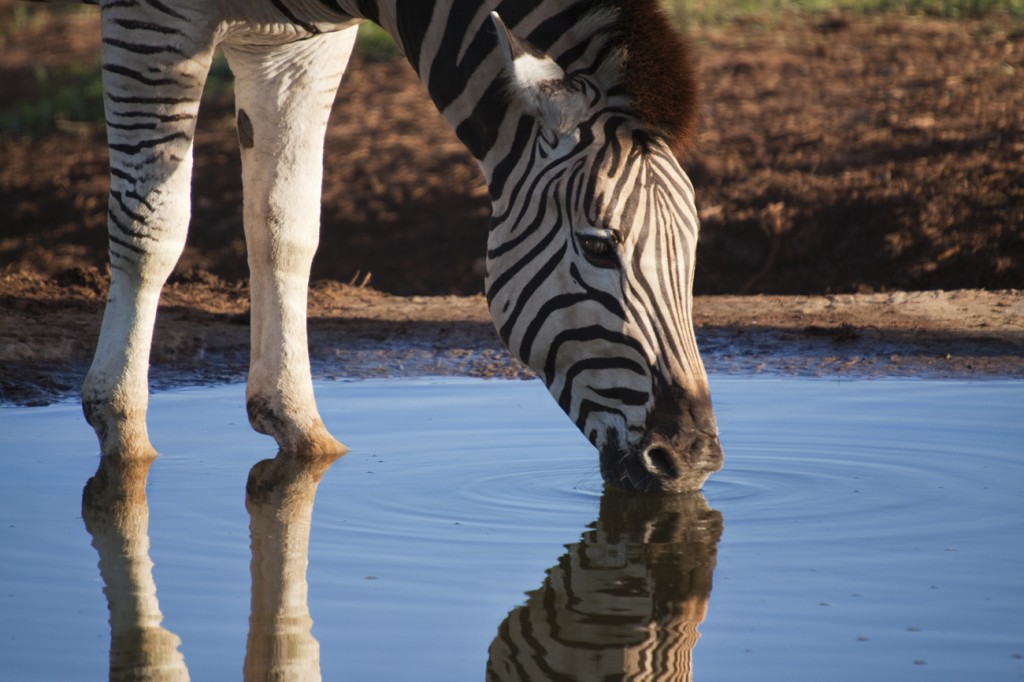The creatures of African legends
The creatures of African legends
The creatures of African legends
-
Hannah
-
Hannah
When I was a teenager my family had a friend called Mr Chiumbo Wangai who was from Kenya. He would tell us all about his homeland – the landscapes, the people, the cultures. But my favourite tales were those he related based on African legends. And when I came to research my novel Burning Embers, it was wonderful to revisit those allegorical stories.
Running through Burning Embers is an undercurrent of folklore and native culture – embodied particularly in Coral’s old nanny, Aluna, who is superstitious and continually talks in riddles and proverbs. Rafe is similarly aware of the local stories, and he relates the legend of the curious monkey to Coral to explain why she should let sleeping dogs lie.
In all the books I read about African legends, it was clear that animals are the symbols for the lessons imparted – and there are such fun and inventive ways to explain the way the world works! Here are a few common legends in brief:
- Why dogs chase: The monkey awoke the sleeping dog, and enraged it so much that it was then destined to chase any creature that looked at it. The lesson: let sleeping dogs lie.
- How the zebra got his stripes, and the baboon a bare behind: The baboon and the zebra fought over who would drink from a watering hole. The zebra kicked the baboon up among the rocks, and he landed with a smack that tore off the fur on his behind. The zebra staggered through the baboon’s fire, scorching black stripes on his white fur. The lesson: don’t fight!
- How the leopard got his spots: The hyena played a prank on the tortoise and put him high up in a tree. The leopard saw him there and carried him down. In gratitude, the tortoise asked the leopard to let him make the big cat beautiful. He agreed, and so the tortoise painted on his spots. The lesson: friends do nice things for each other.
- Why hippos don’t each fish: The hippopotamus first grazed in forests and plains. But he was greedy, and he grew fatter and fatter. The fatter he got, the more the heat bothered him. He would go to the river to drink and look at the fishes swimming there, wishing he could live like them in the water. But his god, N’gai, forbade it because he did not want the hippo to eat all the fish. So the hippo offered N’gai a deal: he would lie in the cool water by day, and forage on the land for food by night. The lesson: there is always a compromise.
- Why ostriches have long necks: The ostrich’s wife was flighty, and while he minded the nest, the ostrich would stretch his neck out and peer out to see his wife flirting with the other birds. He did it so often, his neck remained stretched. The lesson: you pay a price for being nosy.
Perhaps someday I shall rewrite the essence of Burning Embers as a children’s story, using anthropomorphism to convey the lessons learnt by the characters. Rafe would be the lion; Coral the gazelle (shades of Twilight’s ‘and so the lion fell in love with the lamb’). Morgana, a leopard, perhaps; and Cybil, a hyena. Then Dale, a lumbering elephant I think. And Aluna, a nosy ostrich. What do you think?
